
Haven Daley/AP
- The US Fish and Wildlife Service proposed declaring 23 species extinct this week.
- The species include birds, fish, mussels, and 11 species from Hawaii and the Pacific Islands.
- Because the animals have been endangered for so long, there are very few photos of them.
- See more stories on Insider's business page.
Federal wildlife officials gave up on being able to save more than two dozen species this week, and declared 22 animals and one plant to be extinct.
On Wednesday, the US Fish and Wildlife Service proposed removing 23 species from the endangered species list. The list was drafted under the Endangered Species Act, a wildlife protection bill signed into law in 1973 to help protect and recover at-risk species and the ecosystems they live in.
This week's delisting was the largest group of extinction proposals made at one time, according to the FWS.
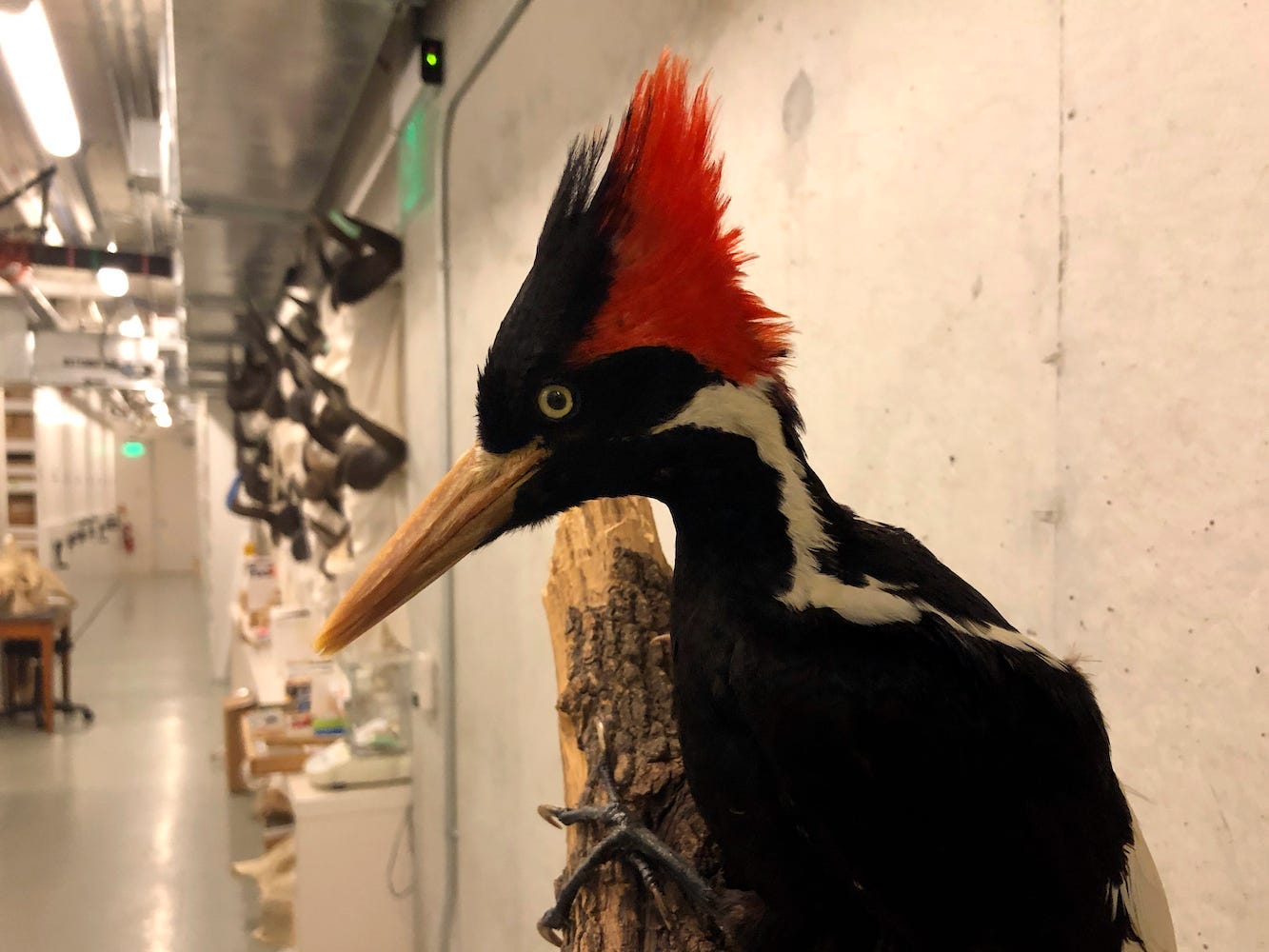
Haven Daley/AP
The agency's decision was "based on rigorous reviews of the best available science," it said in an online statement.
Many of the animals on the list had been endangered for decades, with their most recent confirmed sightings dating back just as long. The last confirmed sighting of the Kauai nukupuu bird, found in Hawaii, for example, was in 1899.
The FWS's efforts have largely been successful at preventing the extinction of more than 99% of the species on the endangered list. Overall, 54 species have been removed from the list because they were recovered, and 56 were downlisted from endangered (on the verge of extinction) to threatened (likely to become endangered).
The announcement kicks off a 60-day comment period, during which the public can send evidence that suggests the species may still be around. The designations are expected to be finalized by the end of the year.
Species on the proposed extinction list include a bat and a variety of birds, freshwater fish, and mussels, as well as 11 species from Hawaii and the Pacific Islands.
Because the species were so rare for so long, few pictures of them exist. Catch a glimpse of eight of them below.
The ivory-billed woodpecker was once America's largest woodpecker.
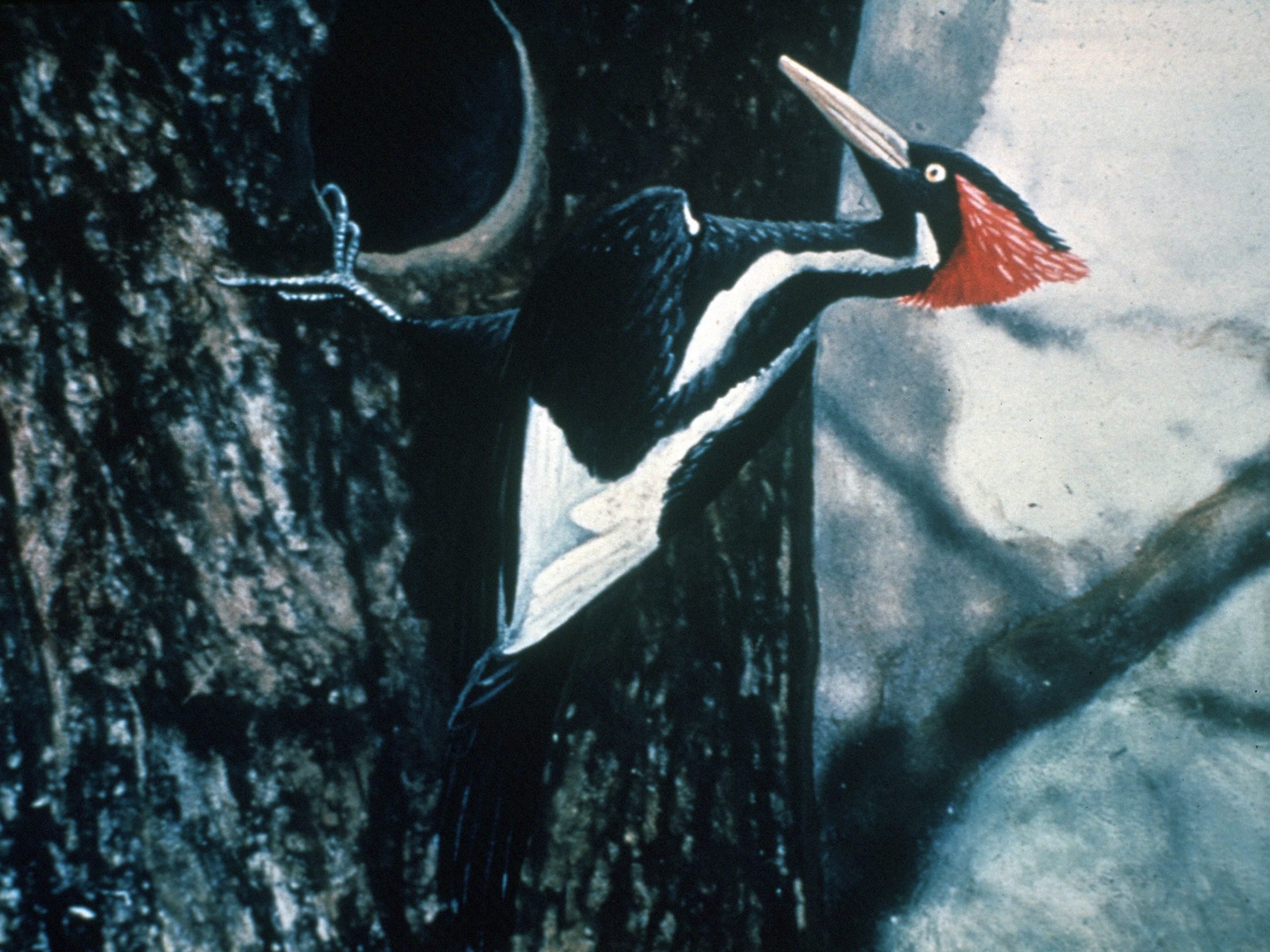
Original photo by Arthur A. Allen, coloured version by Jerry A. Payne
Listed as endangered: 1967
Most recent agreed upon sighting: 1944, Louisiana
Biggest threat to extinction: Forest destruction
Bachman's warbler, last seen in Cuba, used to be among the rarest songbirds in North America.
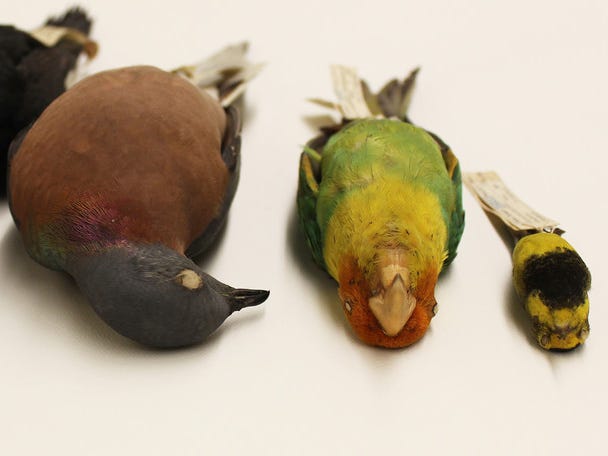
Alexander C. Lees/Cornell University Museum of Vertebrates, Author provided
Listed as endangered: 1967
Most recent agreed upon sighting: 1981, Cuba
Biggest threat to extinction: Forest destruction
The San Marcos gambusia lived in the slow-moving section of a freshwater Texas river.
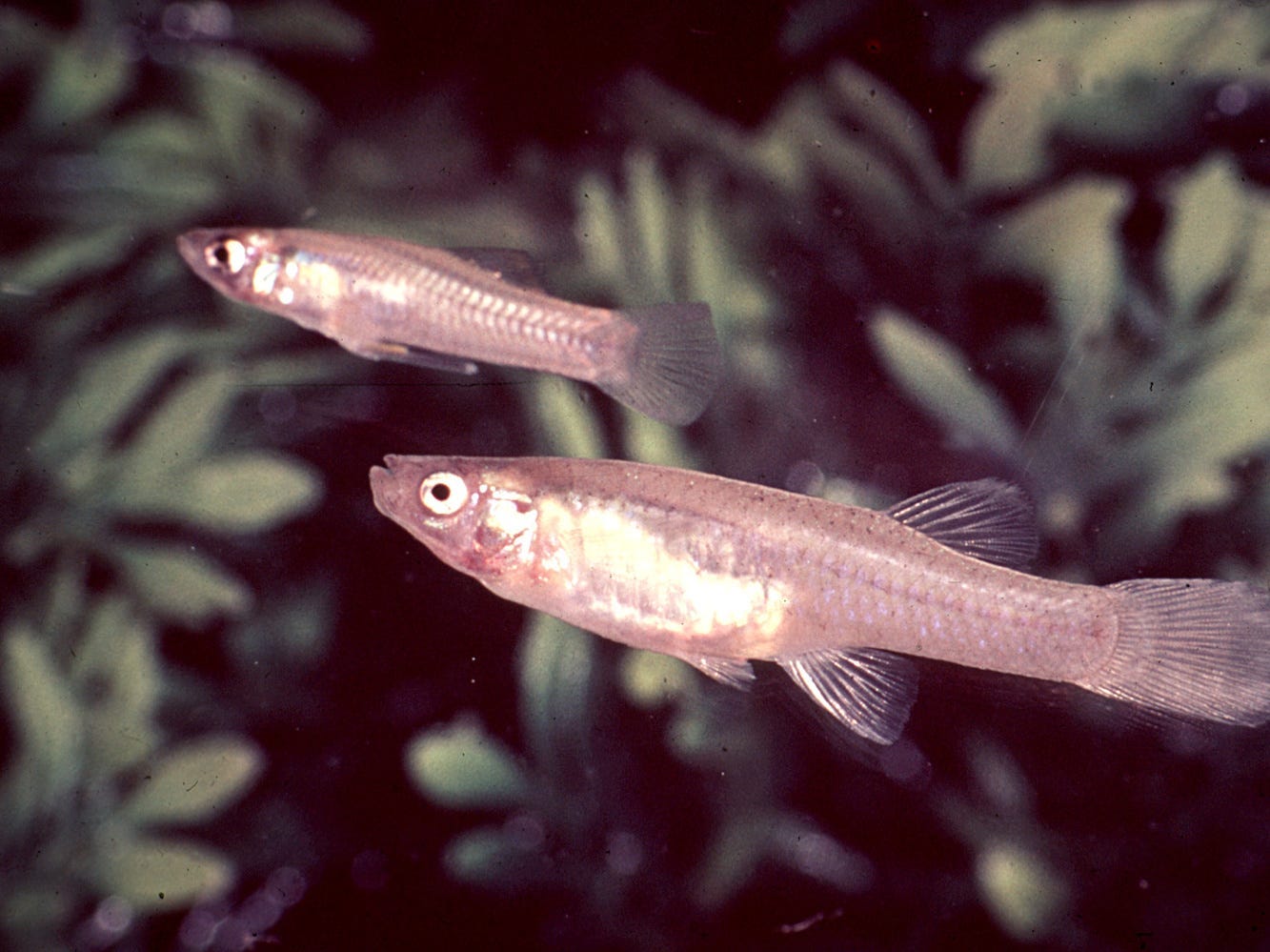
Texas Parks and Wildlife Department
Listed as endangered: 1980
Most recent agreed upon sighting: 1983, San Marcos River (Texas)
Biggest threat to extinction: Water pollution from nearby cities
The bridled white-eye, a social bird, foraged for food in groups of five to seven.
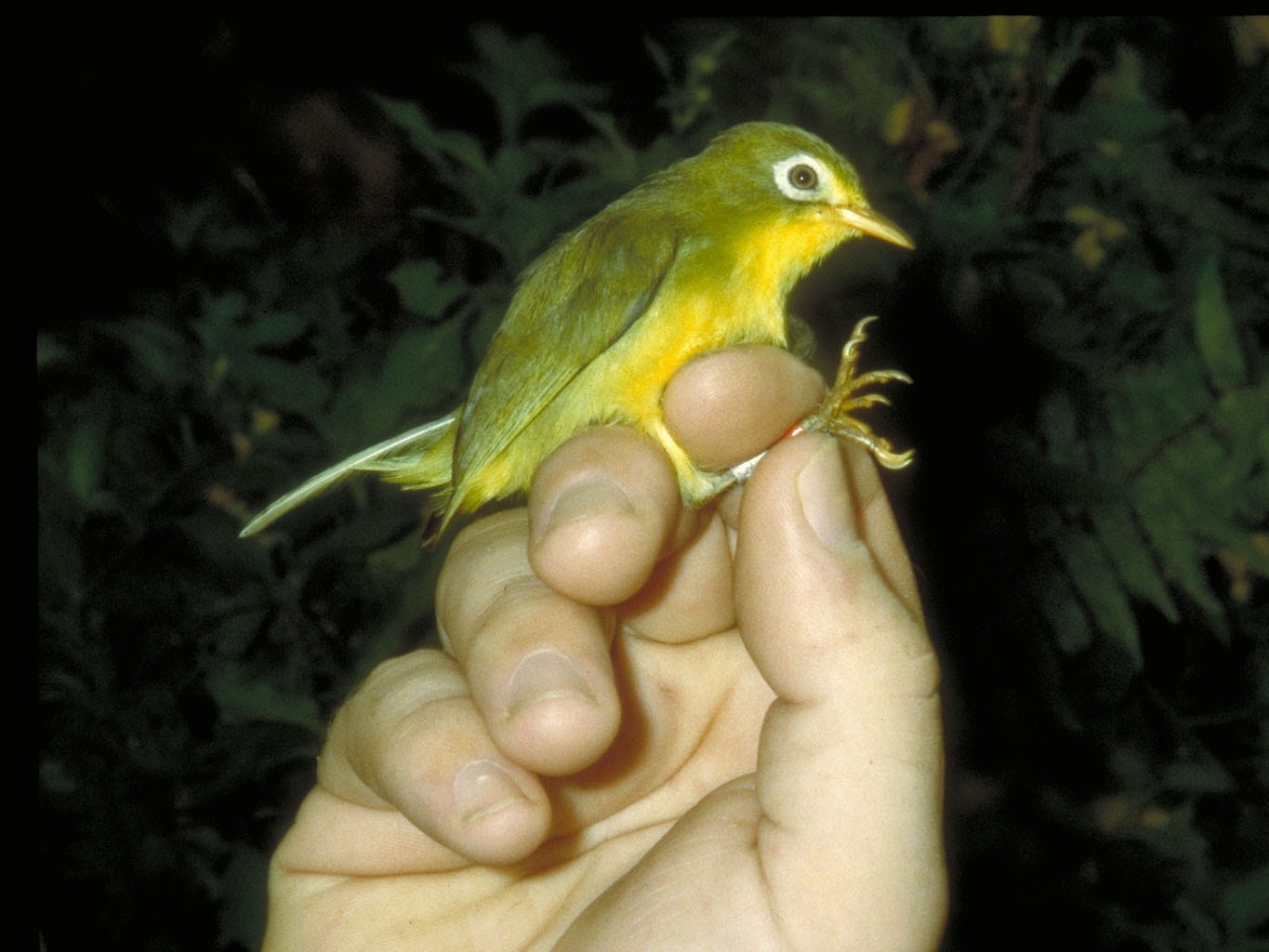
Fred Amidon/USFWS
Listed as endangered: 1984
Most recent agreed upon sighting: 1983, Guam
Biggest threat to extinction: Forest destruction, predators (rats and birds)
The Scioto madtom hid under rocks during the day and emerged at night.
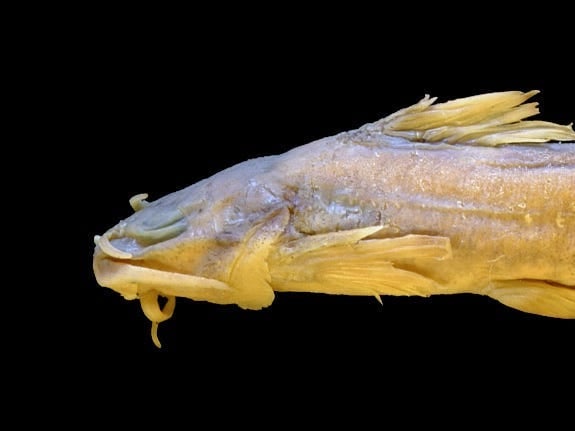
Matthew R. Thomas
Listed as endangered: 1975
Most recent agreed upon sighting: 1957, Big Darby Creek, a tributary of the Scioto River (Ohio)
Biggest threat to extinction: Exact cause unknown (contributing factors likely include water pollution from industry and farms)
The Southern acornshell mussel is one of eight species of freshwater mussels that have been ruled extinct.
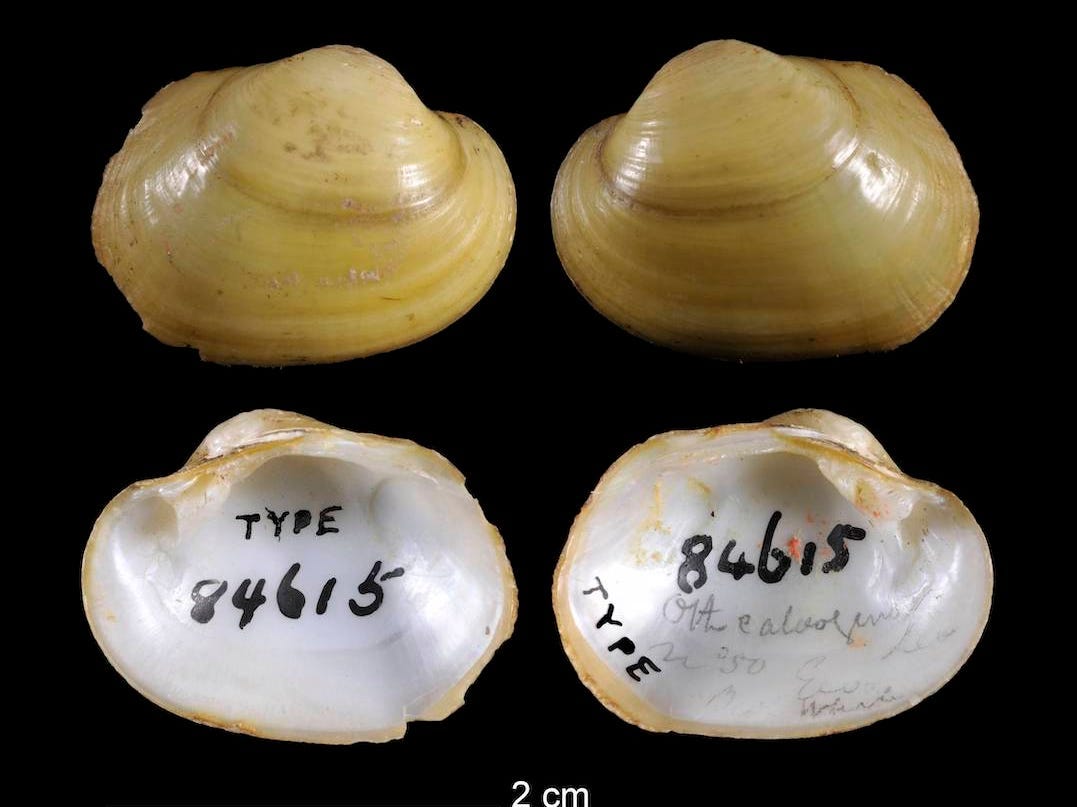
Smithsonian's National Museum of Natural History
Listed as endangered: 1993
Most recent agreed upon sighting: 1973 (generally found in Alabama, Georgia, Tennessee)
Biggest threat to extinction: Water pollution
The Stirrupshell mussel lived in the Southeast, a biodiversity hotspot for freshwater mussels.
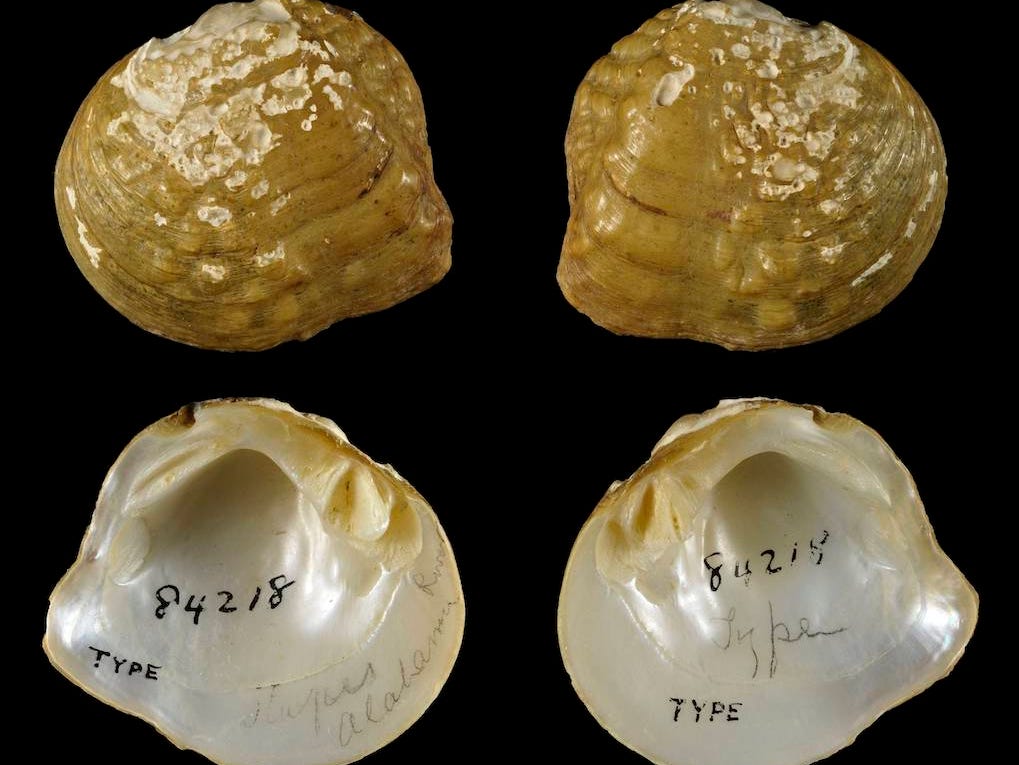
Smithsonian's National Museum of Natural History
Listed as endangered: 1987
Most recent agreed upon sighting: 1986, Alabama
Biggest threat to extinction: Water pollution
The Tubercled-blossom pearly mussel needed clean, healthy streams to survive.
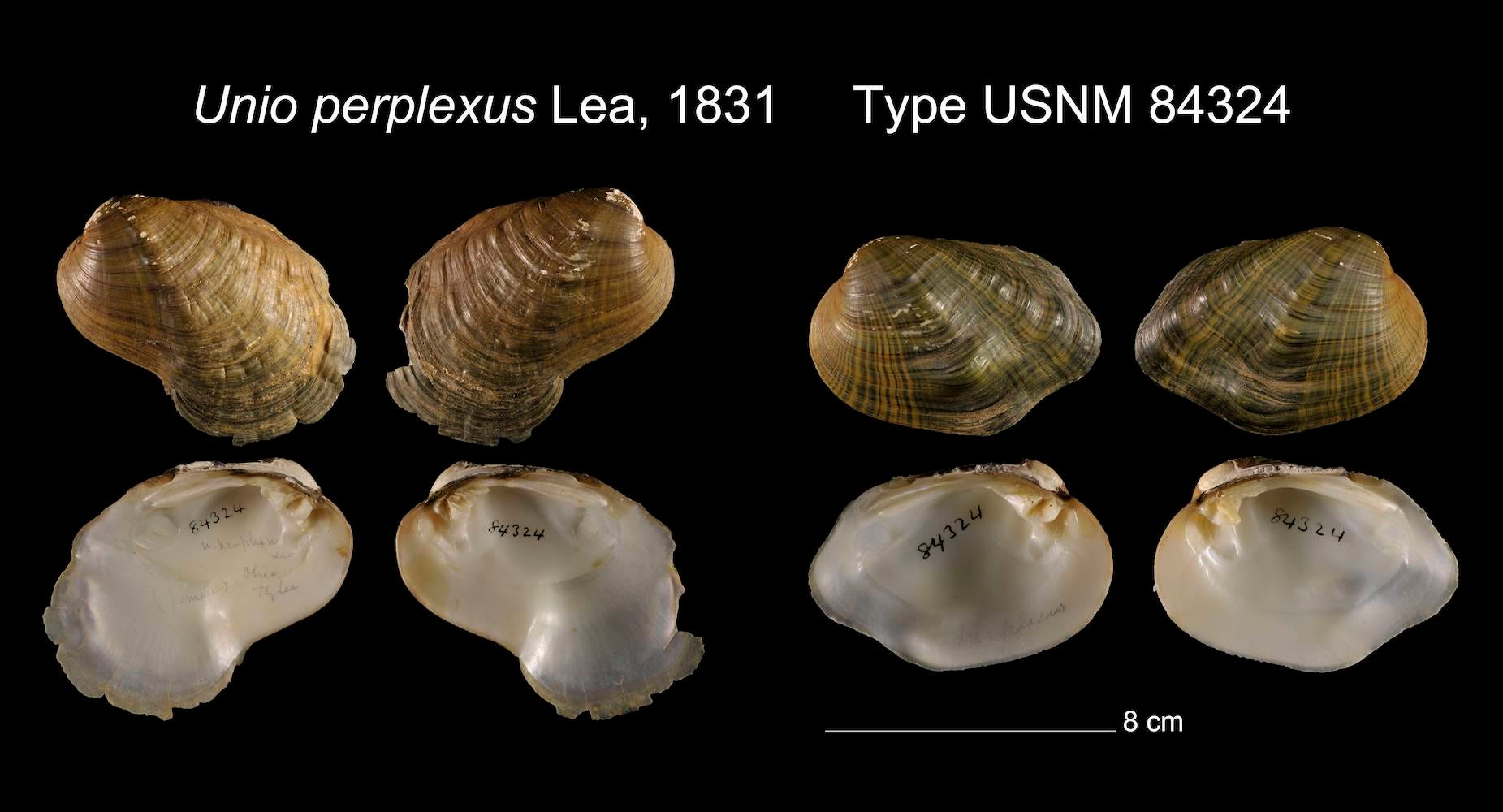
Smithsonian's National Museum of Natural History
Listed as endangered: 1976
Most recent agreed upon sighting: 1969 (generally found in Alabama, Illinois, Indiana, Kentucky, Tennessee, West Virginia, southern Ontario, Canada)
Biggest threat to extinction: Water pollution
